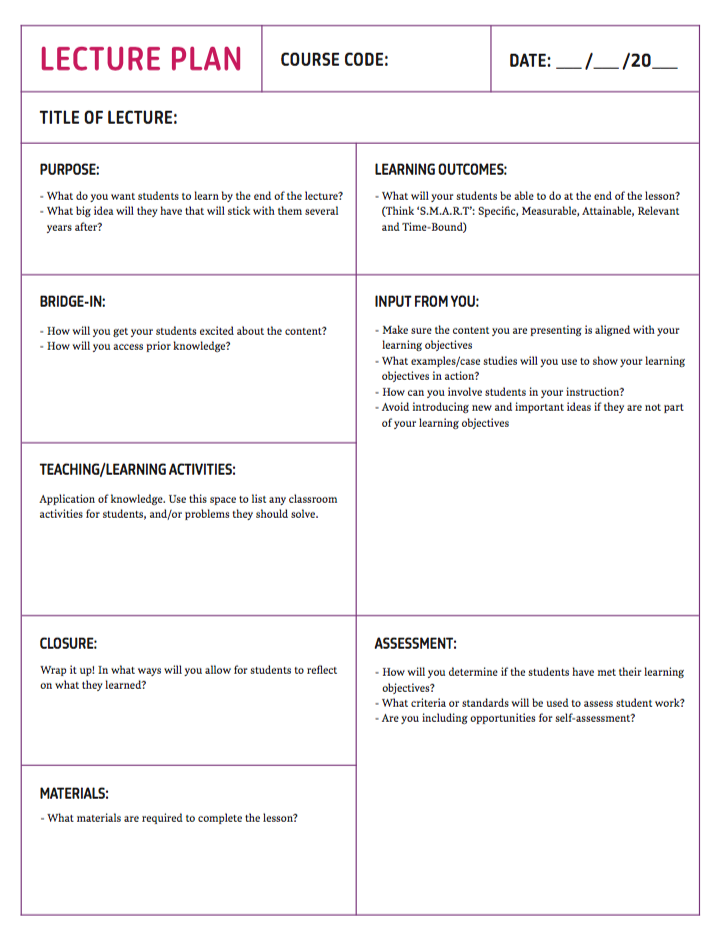Bloom’s taxonomy: Questions to set in formative assessment
How do you set your students up for success, promote student learning, and help them achieve their learning goals? And, at the end of the day, how do you know that they’re even understanding what you’re teaching? The answer lies in ongoing, or formative assessment that is built into every instructional lecture not as a scale that determines success or failure, but as a continuing tool for teaching.
Bloom’s revised taxonomy creates some great building blocks to get started with student achievement—it helps you, as an educator, focus on asking questions from your students within assignments, the classroom, and with the curriculum overall, instead of getting bogged down in whether an activity will contribute toward a student’s grade.
However, it’s important when questioning your class to use the right type of assessment at the right time. Read on to find out more on how to go about assessing and evaluating your learners’ higher order thinking skills, and what levels to teach and when.
Subscribe to Top Hat’s weekly blog recap
Get the best posts of the week delivered to your inbox:
Applying questions from Bloom’s taxonomy to the learner
First, do some brainstorming. Analyze and evaluate the material and your current teaching strategies, and formulate your learning outcomes or objectives. These should have clear expectations of what defines student success, and what it involves, from basic comprehension, to critical thinking, higher order thinking, reasoning, inquiry and more. Consider different perspectives and instructional strategies that can lead learners to successful professional development and worthwhile learning experiences.
Then identify and assess the action being taken by students within this learning outcome to solve problems and/or make assumptions. What level of Bloom’s taxonomy does this fall under? Is this the first time students are approaching the information being presented, or do they have some prior knowledge from previous instruction? If it’s the first time, it’s more likely they’re being asked for memorization or to simply understand the concepts, demonstrating basic thinking skills and comprehension versus demonstrating true problem-solving skills. Or, if this is an advanced class with more complexity in which you want students to lead the discussion and demonstrate and interpret their learning, choose an action in the ‘create’ or ‘evaluate’ category that requires them to reason, engage, question, create, show perspective, make inferences, offer explanation and overall demonstrate deeper cognitive learning and skill.
Finally, match the suggested assessment techniques and questions to the category and framework of your classroom lecture, and decide if this will fall under a formative assessment or summative evaluation for students. Now, you can choose activities and assignments that emphasize teaching, helping your class learn to foster the ability to think critically and drive results with these techniques.
In the chart below, you can see which types of questions (in each row) relate with which verbs (in each column.) A check mark means that the assignment is always appropriate for a learner at that stage; a question mark means that it can be appropriate, under certain circumstances. As you can see, the higher level thinking skills trend away from simpler answers and towards more complex expression that require students to describe and engage with the material, rather than simply recall it.
Remember |
Understand |
Apply |
Analyze |
Evaluate |
Create |
|
Multiple Choice Questions |
||||||
True/False Questions |
||||||
Matching |
||||||
Short Answer/Word Answer |
||||||
Discussion/Essay |
||||||
Oral |
||||||
Anecdotal/Comments |
Table: Anna Villanueva/Evelyn Morris
Each of the intellectual and creative thinking questions in the chart—such as multiple choice questions and discussions—can easily be incorporated into active learning lectures through teaching platforms like Top Hat. These questions help you achieve the fundamental objective of Bloom’s Taxonomy: to bridge the learning gap between what you’re teaching and what students are understanding.
Download the full teaching tool on effective methods of assessment here as a PDF. You can also download a full set of tools, including a lecture planner and a guide to innovative activities by filling out the form below.
Related stories
Summative versus formative assessment: How they work together
Bloom’s Taxonomy question stems and how to use them in assessments

Try our free teaching resources kit, built by Top Hat’s instructional designers, to help plan activities, lectures, assessments and more.
Download your free Top Hat Toolkit Here:


